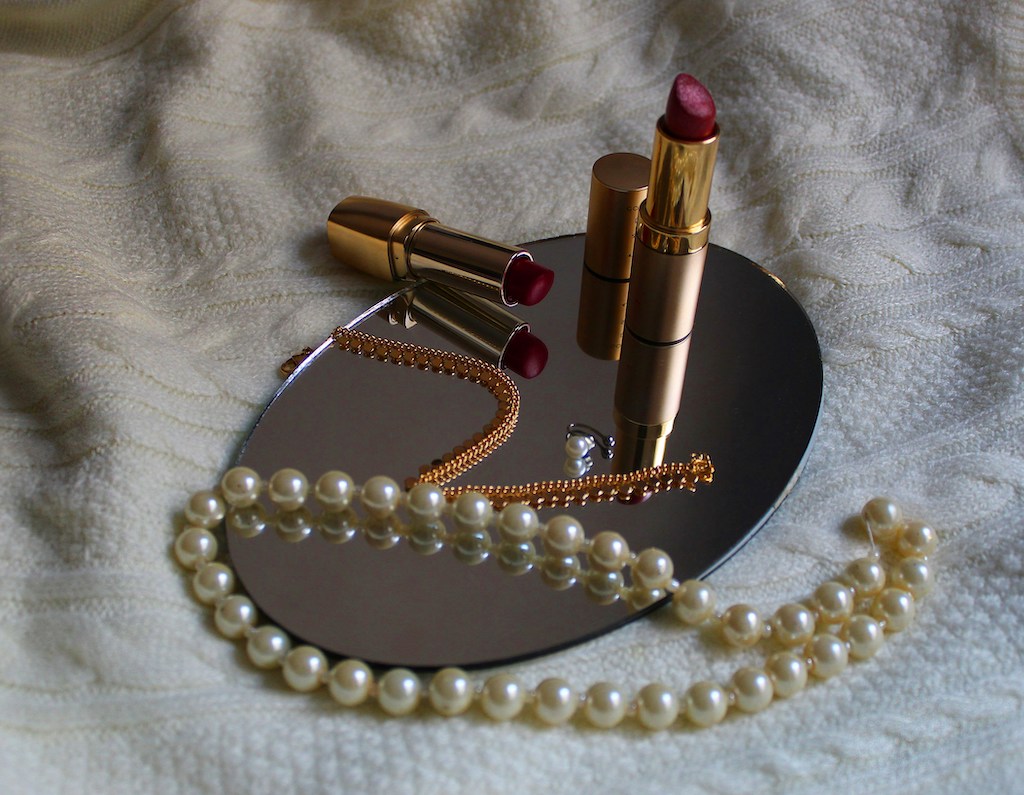How to Tell if Your Pearl Necklaces Are Real

Pearls are beautiful, and they are revered for their elegance and timelessness. This shiny gemstone dresses up every look and works for every occasion. Meanwhile, pearls are a bit complicated to cultivate, giving room for some jewelers to sell counterfeit as original. If you are curious about the realness of your statement pearl necklaces, this guide is for you. After all, nobody wants to invest in what they believe is the real thing only to discover later it’s a cheap imitation.
Here are some tips to spot fake pearls.
Examine the Luster
One of the most obvious signs to tell genuine pearls from fake is the luster. Real pearls have a luminous quality that shines from within, while fake pearls have a dull appearance. You can hold your necklace under a bright light to observe the way it reflects light. If it appears almost glowing, you have authentic pearls in your hands. Fake pearls will appear flat and may even have a chalky appearance.
Check for Smoothness
Your pearls are most likely natural if they feel smooth and cool on your fingertips. In contrast, fake pearls are likely to have a slightly rough or gritty texture, indicating that they are likely made from glass or plastic rather than organic material. Also, it’s a good idea to check the string holding the pearls together. Most strands of real pearls have a knot between each pearl as a precaution against getting scratched from rubbing one another.
Look for Irregularities
Natural pearls are meant to have some form of irregularities in their sizes, shapes, and hues. Weird right? This is because pearls are formed inside oysters, so they possess slight irregularities and blemishes as a result of the natural cultivation process. These imperfections are part of what gives each pearl its unique character and charm. A strand of pearls uniform in shape and size is often a sign of imitation pearls.
Feel the Hardness
Genuine pearls have a surface texture known as “nacre,” which is formed layer by layer over time as the pearl grows inside the oyster. This results in a hard and rigid gemstone that is difficult to replicate. You can also perform a pearl tooth test by rubbing a pearl along your teeth. Real pearls will feel gritty, while imitation pearls will feel slippery because they are usually made from glass.
Rub Two Pearls Together
A good test to determine if your pearl is real is by rubbing two pearls together. Real pearls, when rubbed together, will most likely produce a pearl powder and a thud-like sound. Fake pearls, on the other hand, sound empty and won’t produce pearl powder.
Bottom Line
The pearl jewelry trend is back, with many people rocking them and a lot of retailers selling them. It is best to familiarize yourself with tips to identify real pearls, so you don’t end up with an imitation. After all, a statement pearl necklace is not just a fashion accessory; it’s a timeless symbol of sophistication. When in doubt, you can consult a trusted jeweler to confirm the authenticity of your pearl.
Finally, there is nothing wrong with imitation, especially if you want to rock pearls on a budget, but you don’t want to get fake ones when you paid for the real ones.